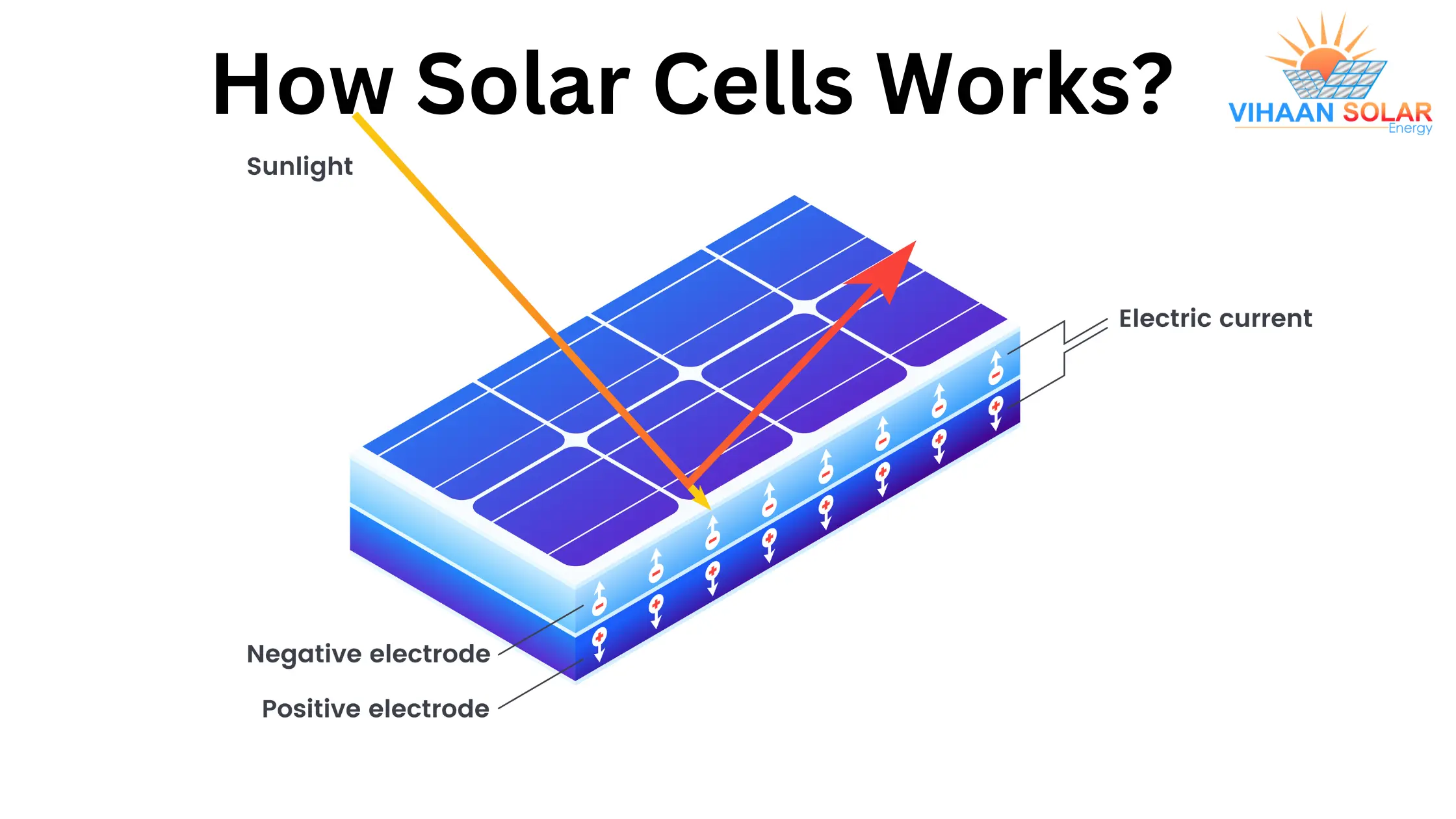Solar Cell or Photovoltaics are simple devices that provide us with an elegant method of harnessing the sun’s energy. Solar cells can directly convert the incident solar radiation into electricity. There is no noise, no pollution and also don’t include moving parts. They are reliable and long-lasting.
A solar cell, or photovoltaic cell, is an electronic device that converts the energy of light directly into electricity by the photovoltaic effect, which is a physical and chemical phenomenon. It is a form of photoelectric cell, defined as a device whose electrical characteristics, such as current, voltage or resistance, vary when exposed to light. Individual solar cell devices are often the electrical building blocks of photovoltaic modules, known colloquially as solar panels. The common single-junction silicon solar cell can produce a maximum open-circuit voltage of approximately 0.5 to 0.6 volts.
Solar cells are described as photovoltaic, regardless of whether the source is sunlight or artificial light. In addition to producing energy, they can be used as a photodetector.
The primary component of a solar cells is silicon
Silicon is a semiconductor material at its core, and actually a very poor conductor of electricity. In 1839, Edmund Becquerel discovered that electrical energy could be harnessed from the sun during certain electrochemical configurations. Silicon is suitably doped with certain impurities to employ a solar photovoltaic (PV) cell to capture energy from the sun and convert it into electricity.
In the operation of solar cells, the principle is that when a photon reaches a semiconductor, it ejects an electron leading to the creation of two conductors: the free electron and the electron-hole. When the PN junction is exposed to light, photons with energy greater than the bandgap of silicon cells are absorbed, causing the emergence of electron-hole pairs. These carriers are separated under the influence of electric fields within the junction, creating a current that is proportional to the incidence of solar irradiation.
Electricity is created without noise, in a clean way and without any harmful by-products.
An array of solar cells converts solar energy into a usable amount of direct current (DC) electricity. Solar cells are connected in series increase the output voltage. Series connected cells form what is called as solar PV modules.
A PV module consists of a number of interconnected solar cells encapsulated into a single, long-lasting, stable unit. Encapsulation is done to protect the solar cells from mechanical damage and for the module to sustain in a harsh environment.
Solar power can restrict climate change. With reduced carbon footprint, solar is a safe alternative that can replace the burning of fossil fuels for the generation of electricity that produces air, water, and land pollution.
For Inquiry – contact us
Follow us on – Instagram

